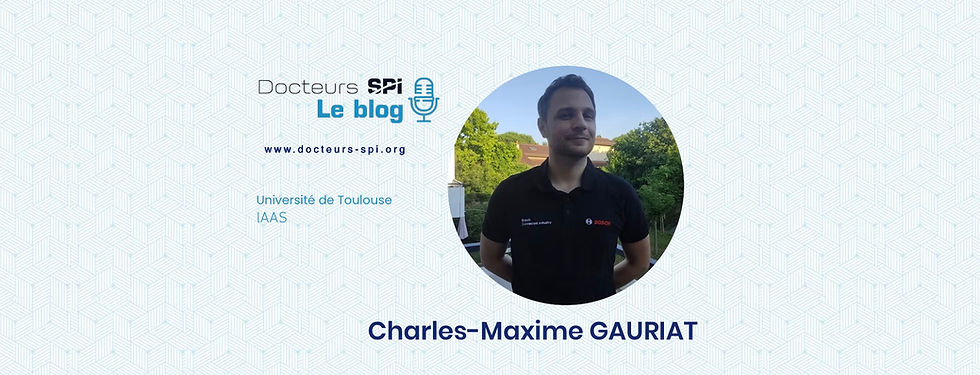Hermes Scandelli, Aerothermal Engineer at The Exploration Company
- Hermes SCANDELLI

- 1 mars 2024
- 3 min de lecture
Dernière mise à jour : 2 févr.

Merci beaucoup d'avoir accepté l'interview.
Could you please describe your background?
I have a Bachelor's degree in Aerospace Engineering from Politecnico di Milano, where I gained a solid foundation in aerospace engineering principles. Following my undergraduate studies, I pursued a Master's degree in Aeronautical Engineering with a specialization in aerodynamics. My passion for aerodynamics, both in automotive and aircraft contexts, led me to this specialization naturally.
For my Master's thesis, I had the opportunity to conduct research at the Von Karman Institute for Fluid Dynamics, focusing on the atmospheric re-entry modeling of a meteorite. This experience marked a significant shift in my interests, transitioning from conventional aircraft and machinery to the fascinating realm of atmospheric re-entry from space.
Why did you decide to do a PhD?
I decided to pursue a PhD because I felt that my academic journey was not yet complete. While I had gained a strong theoretical understanding through my previous studies, I realized that I lacked practical experience. The projects I completed during my academic career were often brief, group-based endeavors. However, it was during my master's thesis that I came to the realization that I needed to further develop the ability to apply theoretical knowledge to model real-world problems. I wanted to learn how to start with a foundational understanding and progressively add complexity to accurately represent the physical problem at hand. Additionally, I recognized the importance of being able to effectively communicate these findings to external stakeholders and document them for both personal and scientific community reference. Pursuing a PhD seemed like the ideal path to hone these skills and achieve a deeper level of expertise in my field.
Can you please briefly describe your PhD thesis experience?
My PhD thesis was primarily computational in nature, involving extensive time spent in front of the computer reading literature, implementing code, running simulations, post-processing data, and writing articles and reports. I was fortunate to have a thesis partner who worked on the same topic but from an experimental perspective. By collaborating, we were able to complement each other's numerical and practical experiments. However, the thesis experience is not just about these aspects. It's about delving deep into a subject and becoming one of the foremost experts in the world on that topic. It's about connecting with numerous individuals who share similar interests. It's about making the first trips to attend conferences and presenting your work in front of audiences. Moreover, the thesis provides the opportunity to teach and to determine if an academic career is suitable for you. It's a period where you're free to pursue an enjoyable activity with few constraints. In short, it's something I highly recommend to anyone who has the opportunity to undertake it.
What did you do after your thesis?
After completing my thesis, I initially wasn't sure about my career path—whether to remain in academia or transition into the industrial world. However, I quickly realized that teaching wasn't my passion; in fact, I saw it as a distraction from my studies. Additionally, I felt a bit fatigued from theoretical studies without tangible practical outcomes. So, after a few months, I came to the conclusion that I wanted to transition into the industrial sector.
I began actively searching for opportunities around the midpoint of my final year of the thesis. Luckily, within a few months, I found a perfect job aligned with my studies and the work I had done during my PhD. It was truly a stroke of luck!
What are you currently working on?
Currently, I work as an aerothermal engineer at a startup called "The Exploration Company." Our goal is to build spacecraft to democratize space and make it easily accessible to everyone. This includes experiments in zero gravity, transportation of goods, refueling missions, and ultimately, human transportation (starting with astronauts). My main responsibility is aerodynamics, which involves describing the capsule's behavior during re-entry, as well as designing the heat shield to prevent capsule disintegration during re-entry.





Commentaires